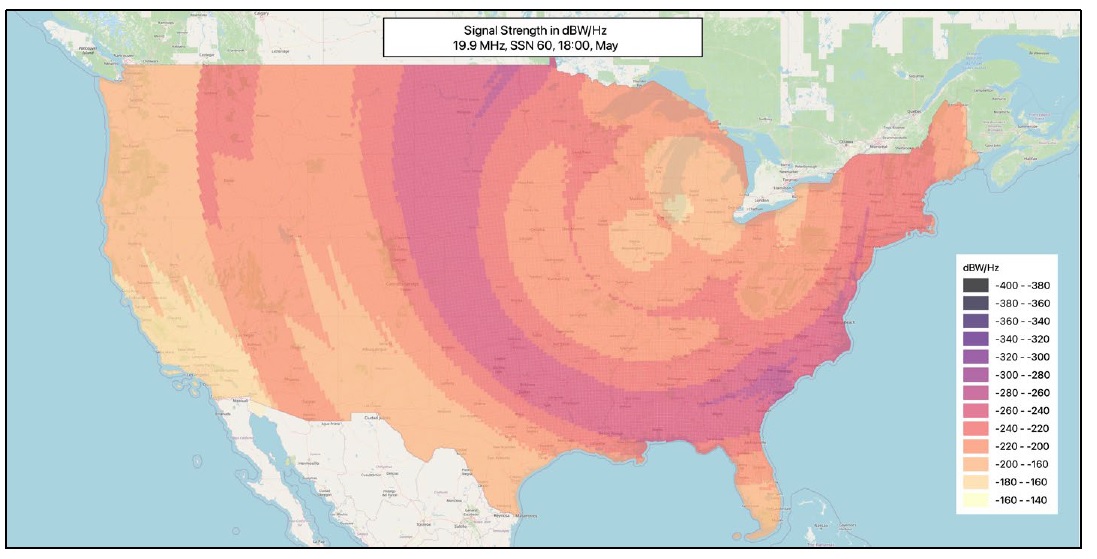Radio World reports today that "Market Makers" want to expand their use of shortwave.
"The Shortwave Modernization Coalition thinks the 2-25 MHz band is underused and wants to use it for the long-distance transmission of time-sensitive data from fixed stations. The users would be companies working with certain kinds of financial transactions; the proposal would prohibit voice transmission and mobile operations."

 www.radioworld.com
www.radioworld.com
"The Shortwave Modernization Coalition thinks the 2-25 MHz band is underused and wants to use it for the long-distance transmission of time-sensitive data from fixed stations. The users would be companies working with certain kinds of financial transactions; the proposal would prohibit voice transmission and mobile operations."

“Market Makers” Want to Expand Their Use of Shortwave - Radio World
The FCC seeks comments on a proposal to use HF spectrum for financial data

